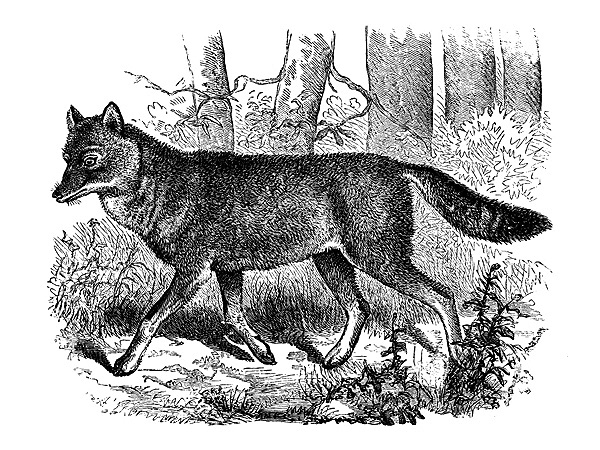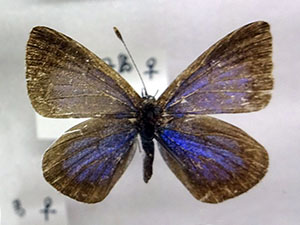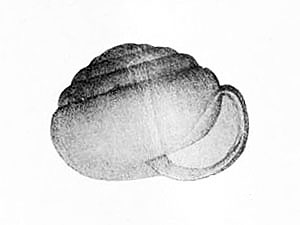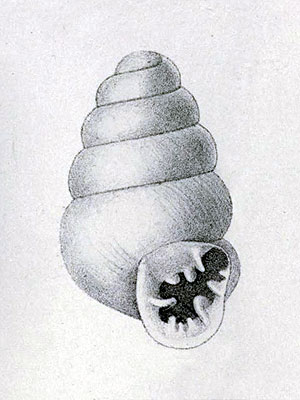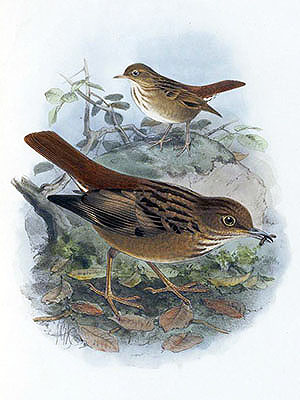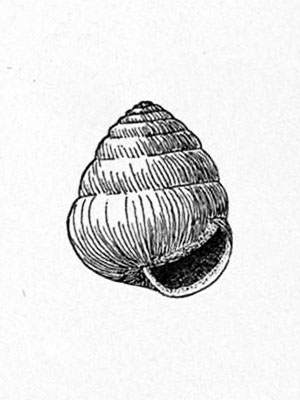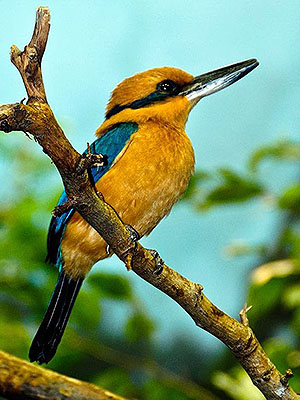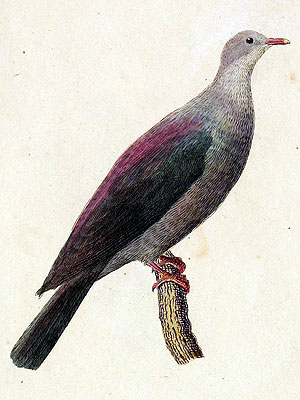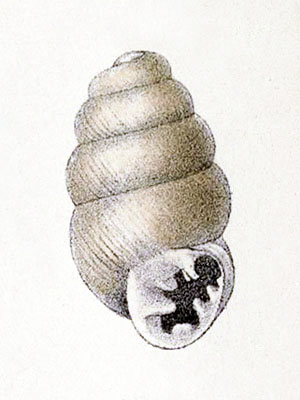Daito Island Buzzard (Buteo japonicus ssp. oshiroi)
This subspecies of the Eastern – or Japanese Buzzard (Buteo japonicus (Temminck & Schlegel)) (see depiction below) was described in 1971, it was apparently restricted to the Daito Islands, Japan.
The type “specimen” was apparently captured alive and was kept in captivity but managed to escape 14 years (?) later.
The Daito Islands form was similar to the nominate race, but is said to have been smaller and to have furthermore differed by its more reddish color. [1]
***
The taxonomic status of the Daito Island Buzzard, however, is debatable.
***
syn. Buteo buteo ssp. oshiroi Kuroda
*********************

Depiction from: ‘Philipp Franz von Siebold: Fauna Japonica, sive, Descriptio animalium, quae in itinere per Japoniam, jussu et auspiciis, superiorum, qui summum in India Batava imperium tenent, suscepto, annis 1823-1830. Lugduni Batavorum: Apud Auctorem 1833-1850’
(public domain)
*********************
References:
[1] Anthony H. James: Geographic variation in the buzzard Buteo buteo (L.): japonicus-group (Aves: Accipitridae). Beaufortia 38(4): 57-74. 1988
*********************
edited: 26.09.2019

